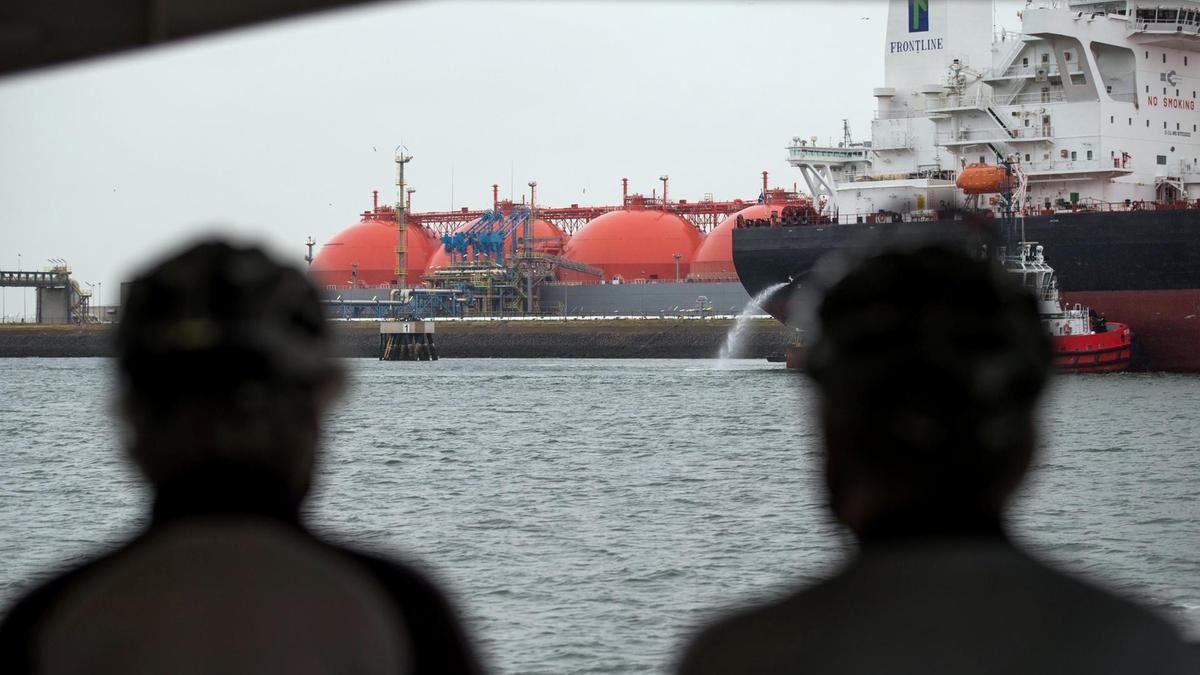Liquefied natural gas (LNG) capacity utilisation in the US, the world’s largest producer for gas, declined to 65 per cent by mid-May, pushing the country into becoming a swing producer, according to IHS Markit.

A swing producer is a supplier of a commodity, with significant spare capacity and hence the ability to respond to price volatility by increasing or decreasing supply rapidly in response to market conditions.
Deliveries of feed gas to liquefaction plants in the US fell to 6 billion cubic feet per day in mid-May from 9.5 bcf/d in late March, the consultancy said.
US LNG facilities were fully utilised prior to the pandemic, which led to a fall in energy demand as many countries enforced lockdowns.
“The inevitable has happened. US LNG capacity utilisation has begun a turndown in response to market forces exacerbated by Covid-19. We are witnessing an historic event where US LNG is taking on the new role of swing supplier,” said Terrell Benke, executive director at IHS Markit.
Before US oil plunged into negative territory in April, gas prices were trading in the negative in recent months. Gas prices fell below zero as infrastructure development such as pipeline capacity has been unable to catch up with the surge in output. The US shale boom has propelled the country to become the world’s top producer in hydrocarbons, with some of the cheapest available gas in the market. However, with prices falling, there is little economic viability in transporting gas to liquefy at a plant and then ship it to a far-off destination at such low prices.
Gas prices also dropped after US oil prices fell nearly 80 per cent in April from their recent peak in January. That had an impact on associated gas as drillers shut production to prevent further losses.
Some US LNG cargoes have been cancelled but production at liquefaction facilities continues due to the high cost of restarting a closed plant.
“The outlook for US LNG exports this summer is bearish. Current forward prices indicate that US LNG is out of the money through [to] at least September,” said Matthew Shruhan, senior analyst at IHS Markit.
"Additional cargo cancellations will follow. It all adds up to continued pressure and a new source of supply flexibility in the global gas market,” he added.
Utilisation of US LNG capacity is expected to fall below 50 per cent given summer price differentials, which could result in losses for the producers on a short-term basis as prices fall lower than costs, the consultancy said.
Cancellations of US LNG cargoes are expected to provoke greater price volatility as the market looks to balance supply and demand.
There is potential for cargo cancellations to overshoot, putting upward pressure on spot LNG prices and potentially putting US LNG back in the money at certain times, the report said.